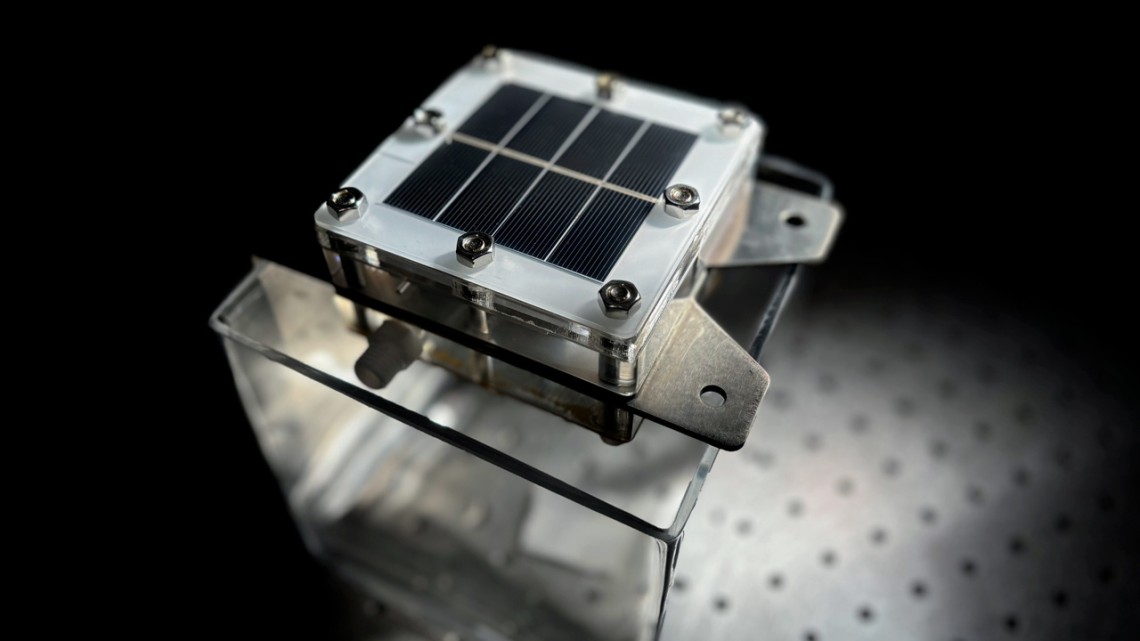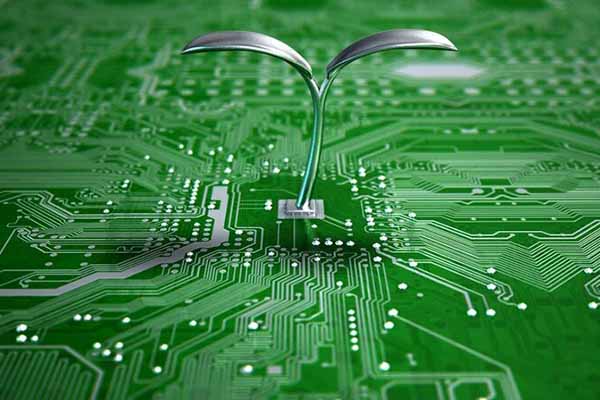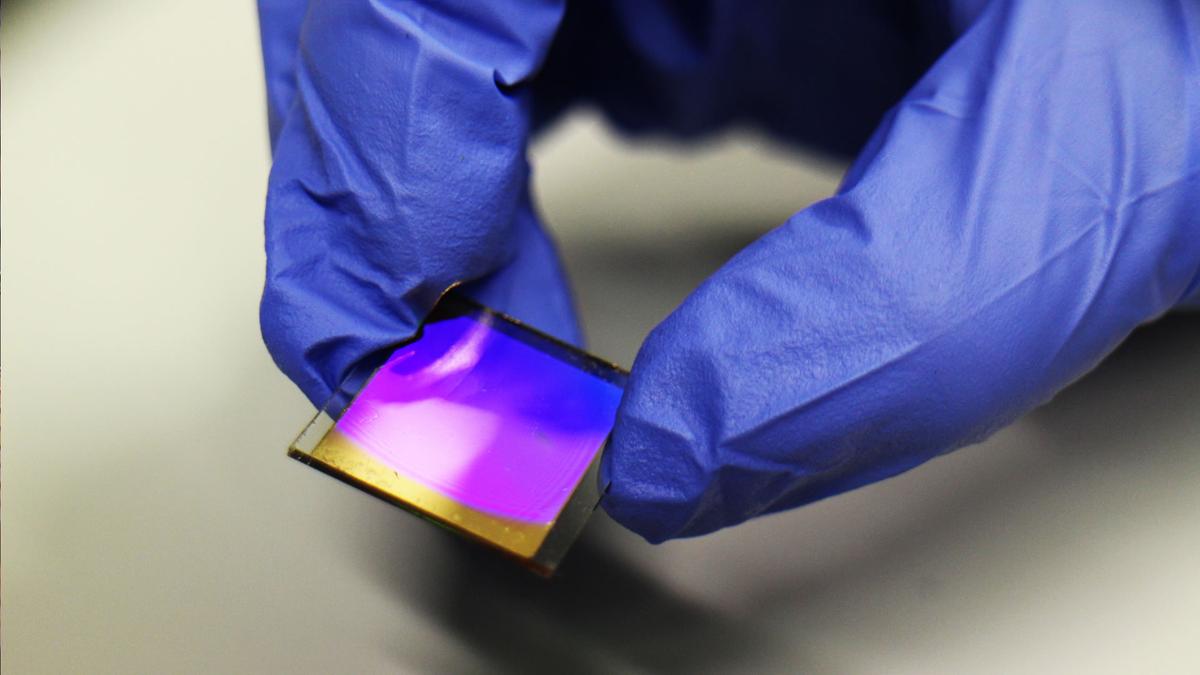In a major leap forward for clean energy technology, researchers around the world are developing solar-powered systems that produce green hydrogen from common water sources, like seawater . These innovative devices use sunlight to split water molecules into hydrogen and oxygen, offering a zero-emission pathway to generate sustainable fuel and even potable water.
Green hydrogen—hydrogen produced using renewable energy—is widely viewed as an important piece of the future low-carbon economy. However, traditional methods for hydrogen production are expensive, energy-intensive, and often rely on fossil fuels or purified water, limiting their environmental and economic benefits.
That’s changing thanks to cutting-edge research from teams at Cornell University. These new devices is called hybrid solar distillation-water electrolysis and uses a process called photoelectrochemical water splitting, which mimics photosynthesis. Special semiconductor materials absorb sunlight and use that energy to initiate chemical reactions that break down water (H₂O) into hydrogen (H₂) and oxygen (O₂).
What sets this new generation of devices apart is their ability to operate using untreated water sources—particularly seawater, which accounts for over 97% of the Earth’s water supply. By developing corrosion-resistant materials and innovative reaction chambers, researchers have overcome the long-standing challenge of salt and other impurities damaging the equipment or reducing efficiency.
In one study, researchers engineered a solar-powered panel system that floats on seawater and produces hydrogen with high efficiency. The design even incorporates a filtration system that outputs clean water as a byproduct, offering a dual benefit in regions suffering from both energy poverty and water scarcity.
Another group has demonstrated a compact hydrogen generator that can run on tap or drinking water, powered entirely by sunlight. This version is intended for decentralized use—such as powering homes, small businesses, or rural communities—without needing access to the electrical grid.
“The implications are enormous,” said a lead researcher on the project. “You could install these devices in remote areas with no infrastructure and start producing both fuel and clean water from what’s already available in the environment.”
Beyond environmental advantages, the economic potential is as promising. Green hydrogen has long been hindered by high production costs, but these solar-driven systems dramatically reduce energy input requirements and eliminate the need for costly freshwater or energy-intensive electrolysis setups. As solar and materials technology improves, experts predict that the cost of green hydrogen could fall below that of fossil-fuel-based hydrogen within the next decade.
Governments and industries are already taking notice. Pilot programs and investments are emerging in regions with abundant sunlight and access to seawater, such as Australia, the Middle East, and coastal parts of Africa and Asia.
If widely adopted, these devices could accelerate the global shift toward renewable energy, providing not just a clean fuel alternative, but a sustainable solution to some of the planet’s most urgent crises.
RELATED STORIES:
https://interestingengineering.com/energy/device-produces-green-hydrogen-drinking-water
Sun and Sea: Cornell’s New Device Produces Green Hydrogen and Drinking Water
TAKE ACTION:
https://cornelluniversity.imodules.com/s/1717/giving/home.aspx?sid=1717&gid=2&pgid=16468
https://www.sciencedirect.com/science/article/abs/pii/S0011916422004040











